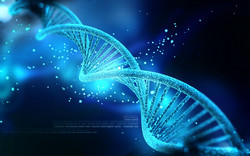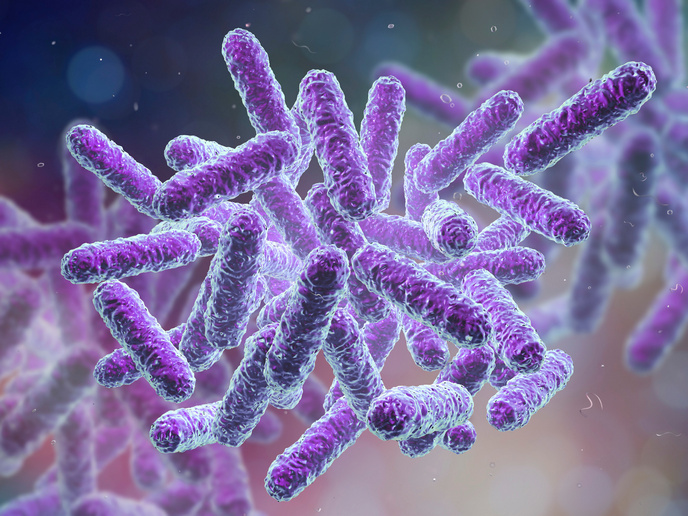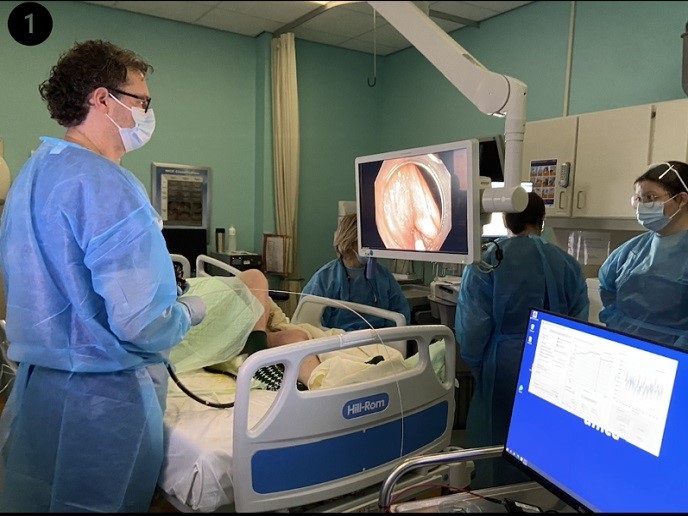DNA repair in Fanconi anaemia
DNA inter-strand crosslinks (ICLs) covalently link the two DNA strands and prevent their separation during transcription and replication. As a result, ICLs are extremely toxic, particularly to dividing cells, and have thus been explored in anti-cancer strategies. Mitomycin C and cisplatin work by inducing DNA ICLs in replicating cells. Many proteins participate in ICL repair including structure-specific endonucleases, recombinases, DNA polymerases as well as FANC proteins. FANC proteins are mutated in Fanconi anaemia (FA), a rare chromosome instability syndrome characterised by a high predisposition to cancer. A central component of the FA pathway is FANCD2, which interacts with other proteins to assemble into a common nuclear protein complex that mediates homology-driven DNA repair. Evidence indicates that FANCD2 becomes ubiquitinated in the S phase of the cell cycle in response to ICLs and is recruited at the site of repair through interaction with FAN1. The scope of the EU-funded FANDAMAGE (Functional characterization of FAN1, a structure-specific DNA repair nuclease) project was to further investigate FAN1-FANCD2 interaction in terms of ICL repair. Given that FAN1 mutations in humans cause chronic kidney disease but not FA, FANDAMAGE scientists questioned the role of this interaction in ICL repair. Researchers discovered that a FAN1 mutation, which abolished FANCD2-dependent recruitment to ICLs did not affect ICL repair. Further experiments led them to conclude that FAN1 together with FANCD2 controlled the stability of the replication fork alongside chromosome integrity in response to general replication stress. Altogether, the results of the FANDAMAGE study indicated that FAN1 acts in a different manner than the FA pathway as FAN1 mutations did not cause anaemia. Apart from providing fundamental insight into the process of ICL repair, the data from this study suggest that FAN1 acts as a tumour suppressor in FA. This may serve as the basis for the design of novel intervention strategies.







